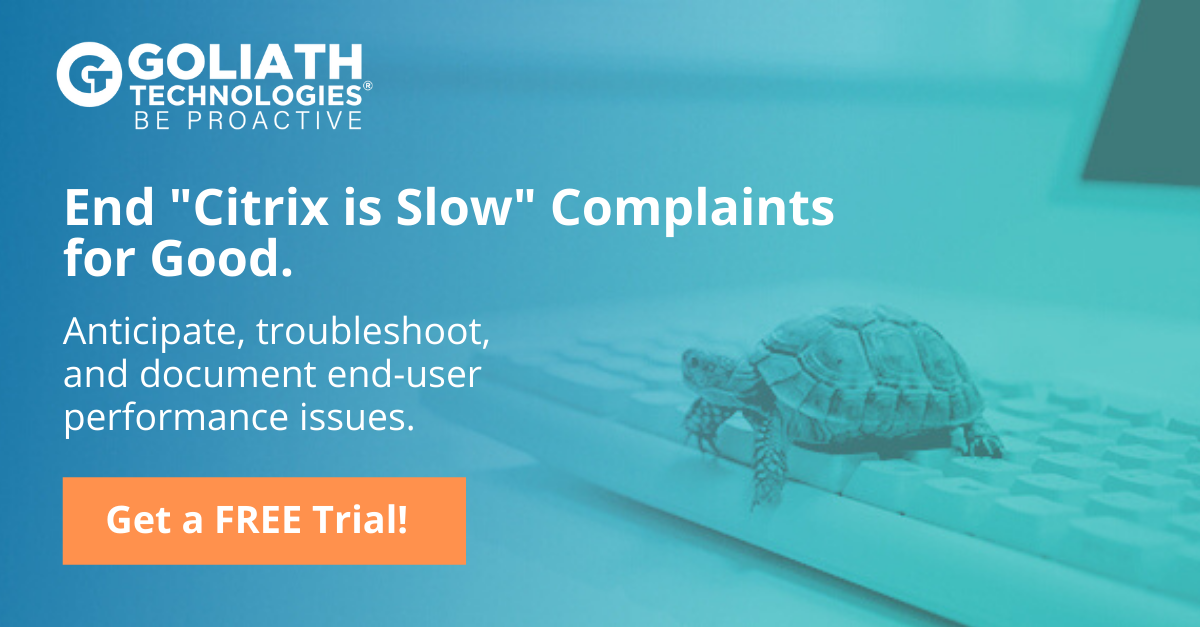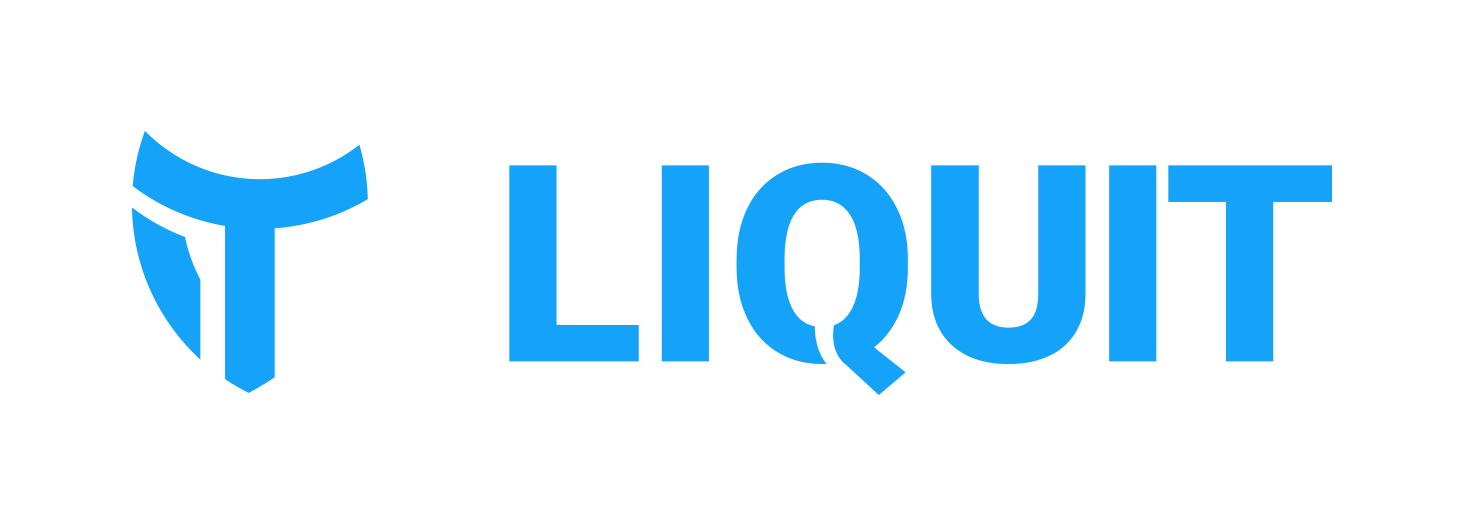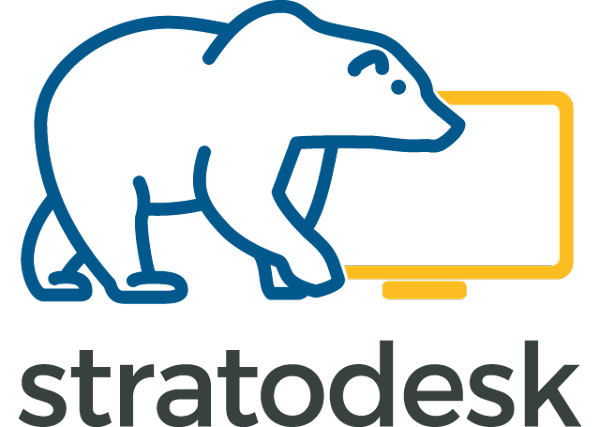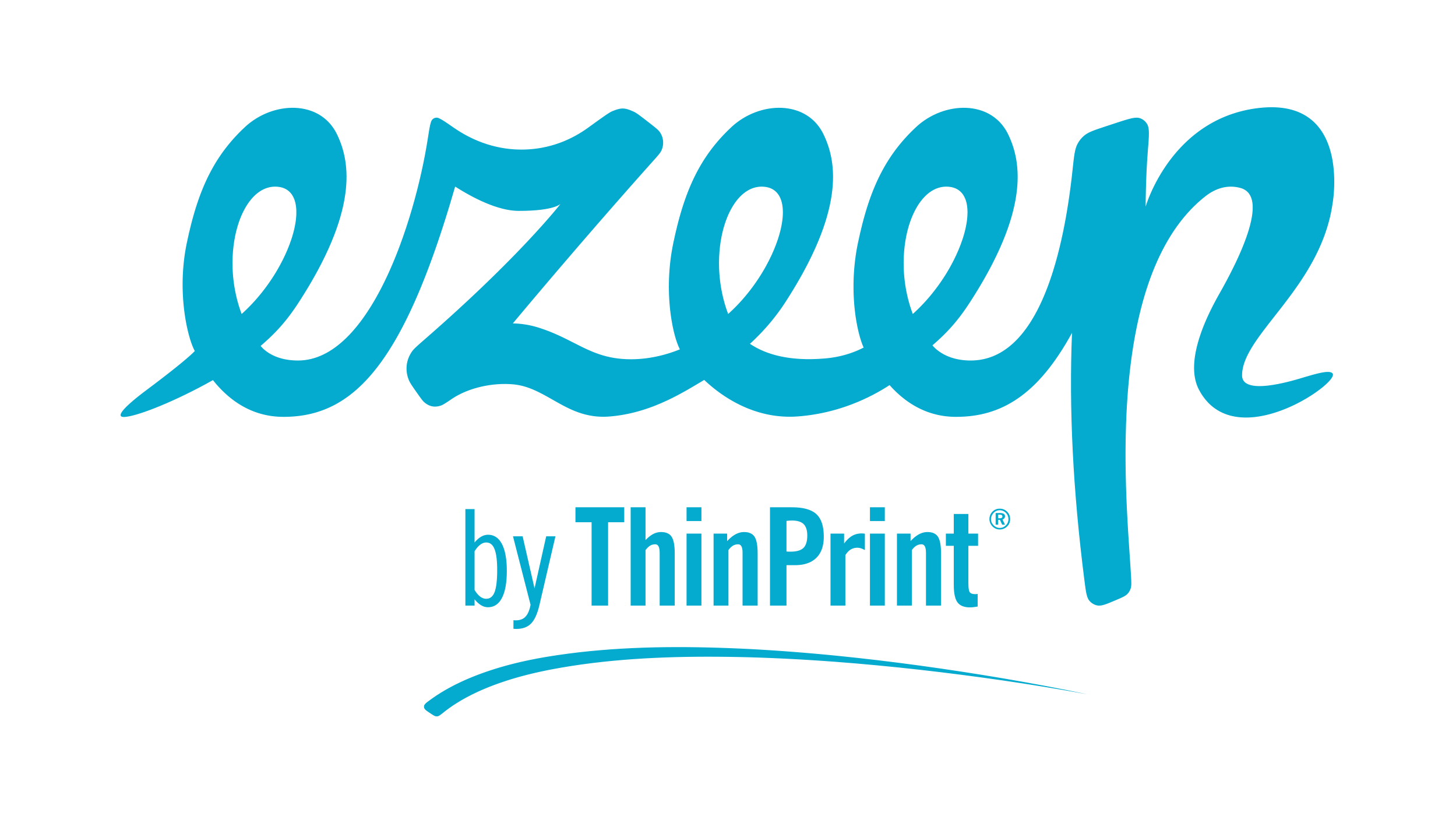VMblog: We have all been witness to a global pandemic, and it is changed the way we work. More than ever, we are seeing a large percentage of employees working from home. How has this shift in the way we work changed the way companies are dealing with their employees?
ControlUp: It's interesting. I think a great many of those in the C-Suite have been pleasantly surprised by how well remote working is going. There has long been a misperception that workers, without having a taskmaster in an office, will slack off or be unproductive. Companies are seeing that the opposite is true. Workers are now able to balance the time between their home and work lives, and have the ability to focus on family time at times when, if they were in a traditional office, they couldn't or would have to take personal time off. More and more, we are seeing companies proposing work-from-home policies that will become permanent.
VMblog: "This is the year of VDI" has been a mantra for virtual desktops for many years running. We've gone through remote PC, VDI, DaaS, cloud desktops, etc. But it never really received mass adoption, why do you think that is? And does this event finally change that?
ControlUp: Being forced into VDI by COVID-19 has made 2020 "the year of VDI". It's interesting listening to organizations talk about how work from home will now be a 'thing' they will do from now on. I think there was a large stigma surrounding 'work from home' -- most it being an organization's trust in their employee's productivity. The assumption in the past is people would slack off or not be productive working from home. But now that organizations are suddenly forced to adopt this measure they are actually finding that productivity hasn't changed. What has changed, though, is being able to connect to your organization's resources and that is where VDI has stepped in, providing that secure, managed gateway into your org. Orgs have had to scale up to provide VDI to a sudden, unexpected, workforce that have demands to *ensure* they can maintain their productivity. Visionaries who foresaw that VDI is a great solution to a mobile, remote workforce can now preach that they knew it all along. And for the rest of us, we can be thankful that this technology has been available and mature for quite some time -- making this transition quick and relatively painless.
VMblog: What are you hearing from customers and prospects? Were they completely caught off guard with mass remote work from home? Or were they already putting things into place, perhaps for other business continuity reasons?
ControlUp: The shift to working from home has been in effect for some time, though a great many companies have (to this point) resisted the change. Knowledge workers are, more and more, asking for the capability to work from anywhere. And the technology exists for them to do it, and do it well. In 2020, though, because "necessity is the mother of invention," the question of whether or not companies wanted to make this change has now been rendered moot. VDI is purpose-built for this mode of working. With tools like ControlUp, IT uptime can be assured, so remote teams can stay productive, and business continuity ensured.
VMblog: How has this shift of working from home affected people, connectivity, infrastructure, security, etc.?
ControlUp: The mass migration to a WFH workforce has greatly affected every aspect of our work life and the infrastructure that we use to accomplish our work tasks. A prime example on the technology side is that many companies have found that virtual desktop infrastructure (VDI) is the best solution to accomplish WFH for their employees. WFH has put new pressures on connectivity (networking), the infrastructure and security, but workers still need the same desktop experience they had when working from the office. On the people side workers have found that they have new pressures that require more flexibility in the hours that they work but still need to have technical issues addressed and corrected during non-traditional work hours.
Our homes are now our workspaces and no longer is connectivity from them considered a nice-to-have. Before, WFH sporadic network interruptions were an annoyance that prevented us from watching the latest streaming content. But now it's imperative that we have connectivity that matches what we had at the office. More importantly, we need tools that can monitor the actual work experience that workers are having. We need to do this not only in real time, but also for historical data to monitor usage trends and do forensics.
ControlUp gathers and displays metrics from workers' desktops in real time, which allows for identification of annoying spikes in resource usage due to insufficient infrastructure and/or mis-configured security products. These are only a few of the issues that can disrupt our workers. More importantly, with ControlUp UX metrics, you can see how resource shortages actually affect a worker's interactions with their applications. For example, ControlUp displays the time that it takes an application to respond to an application interaction, such as a click, with the User Input Delay metric. You can monitor the time it takes to bring up an application to instantiate with the Application Load Time metric. ControlUp can even help diagnose issues with Logon Duration metrics. You can dive down to see the root cause of a slow logon with the Analyze Logon Duration script.
WFH has shifted the hours that workers are working. We are used to having system administrators on hand during normal working hours to deal with issues but now, we must have self-healing to solve issues during non-traditional work hours. ControlUp has implemented many self-healing workflows and allows the creation of bespoken workflows following the standard self-healing methodology, monitor, trigger and automatic implementation of corrective actions.
VMblog: How does your software enable the "work from home" shift? And where do your solutions fit within the grand scheme of things?
ControlUp: ControlUp monitors your organization's entire infrastructure. From the physical hosts, to the virtual machines, to the sessions, to the processes running within. This is a lot of information and when there are performance problems you need to resolve them quickly to get your workforce back to peak productivity. ControlUp can help in quickly identifying issues in your environment and can take it a step further by giving you the tools to manage those resources. Additionally, ControlUp can take it even further with automatic issue remediation, reducing downtime, outages, and tickets. Getting your workforce to be as productive as possible is one of the strengths of the ControlUp toolset.
VMblog: What are the big problems that you solve for those companies whose workers are now working from home?
ControlUp: ControlUp's monitoring capabilities give you insight into the performance of your servers and your users' applications. This level of detail allows us to accurately measure the responsiveness of your users' applications. This is important because responsiveness can tie into productivity. If an application is slow to respond or stalls, users can get frustrated or will just work slower in general. ControlUp can help identify when users are experiencing slow responsiveness and provide you the information you need to resolve these issues. Thereby maximizing productivity and ensuring your users are as efficient as possible!
VMblog: What advice do you have for companies who are still trying to figure out their own game plan for remote workers?
ControlUp: WFH can be a boon for both workers and companies if implemented correctly. Any company that is thinking of implementing a WFH strategy should strongly consider implementing VDI. VDI allows companies to implement the same or better application responsiveness, security, and the enforcement of corporate governance as working from the office. In order to ensure remote workers using VDI are successful, you need to have baselines to measure against, as well as constantly monitor a worker's experience so that they have the same or a better desktop experience they had when working in office.
VMblog: Finally, is work from home and all that we've been doing as a collective group a short-term fix? Will people go back to working in the office after this is over? And if they do go back to the office, do companies continue leveraging the things they put in place, like virtual desktops and remote capabilities? Or do you see some percentage still working from home, or perhaps a mix mode or employee choice?
ControlUp: There is no chance that working from home is a short-term fix. I think that, as mentioned in previous answers, remote workers are now better able to balance their personal lives with their work lives. Commutes are eradicated, some companies can start saving money on commercial spaces, and employees have started moving their families away from cities to areas where the cost of living is drastically lower (I've seen this happening in San Francisco, where I live and where many giant tech companies are based). Since the infrastructure will already be in place to support remote work in the future, I think that the logical thing to do is offer employees a choice. There are those who prefer working in the office with peers, and others who prefer working from home alone or with the company of their pets. Everyone has different ways to hone their productivity, and in my opinion, providing a choice is a radical, positive shift. Giving employees freedom of choice can bolster happiness and well-being while lowering workplace stressors.
Also check out our video interview:















